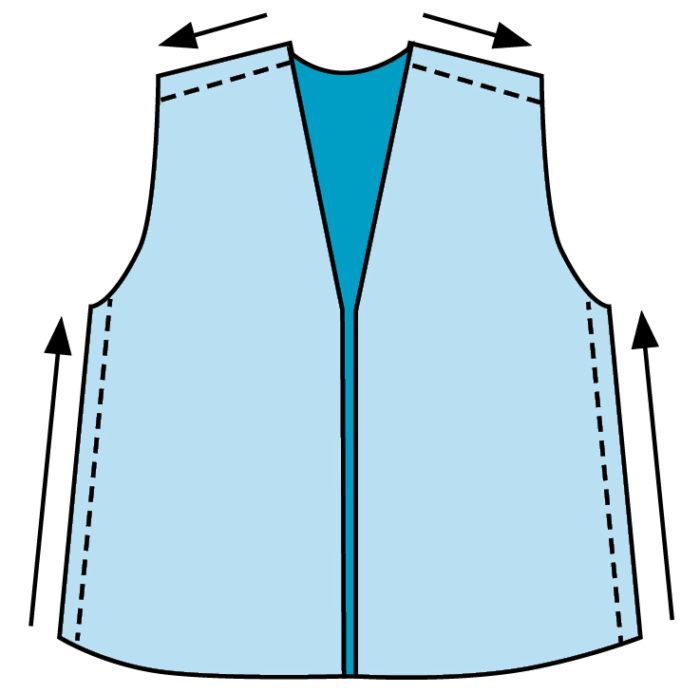
The “Essential Techniques” department in Threads #178 covers just about everything you need to know for staystitching successfully. In this sewing tip excerpted from “Staystitching,” author Daryl Lancaster shows you how to sew two garment sections together so the seams match on both sides of the garment.
Directional Sewing
When the seamline is not parallel to the warp or weft, it is important to stitch with the direction of the grain. In addition, stitching in the same direction on both garment sides is critical. On an A-line skirt, for example, stitching the front and backs together from the hem to the waist on one side seam and from the waist to the hem on the other side seam renders one side longer than the other.
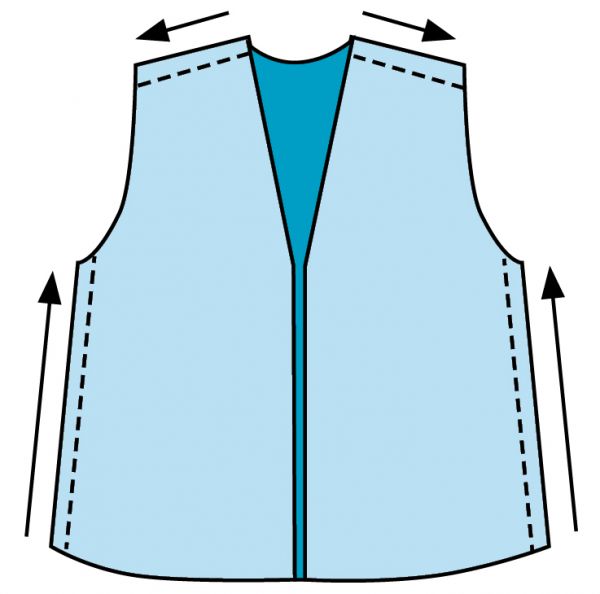
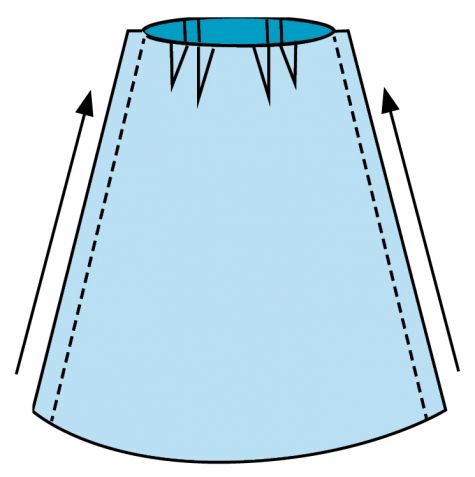
Don’t miss other expert techniques and tricks by checking out all of our sewing tips.


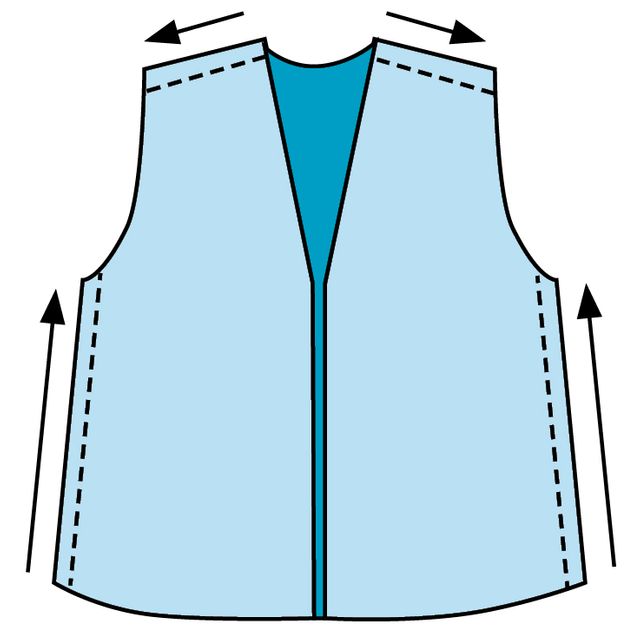
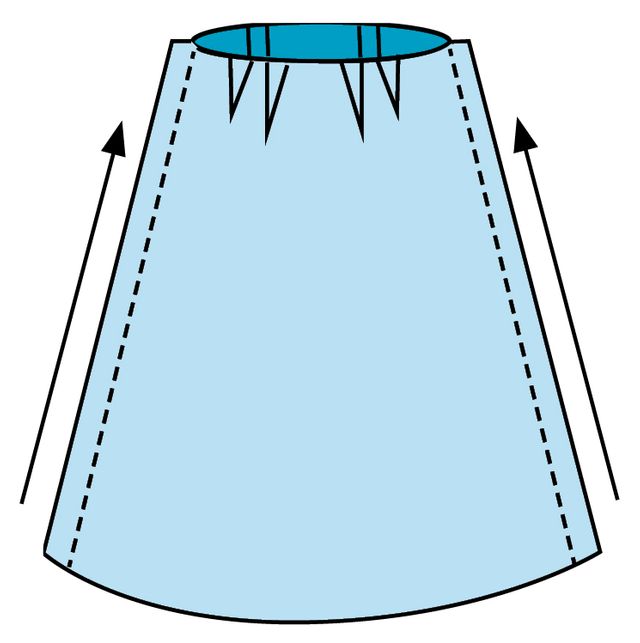
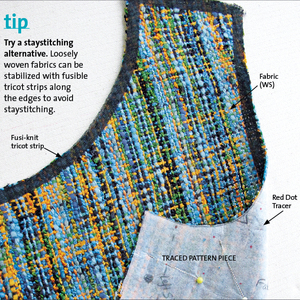


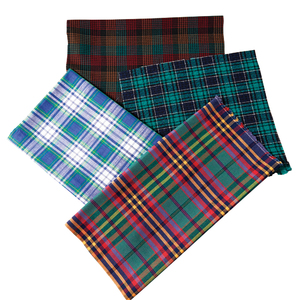
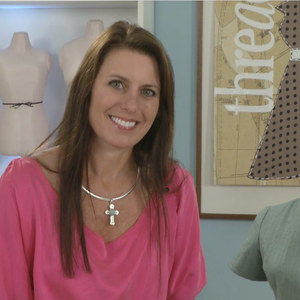


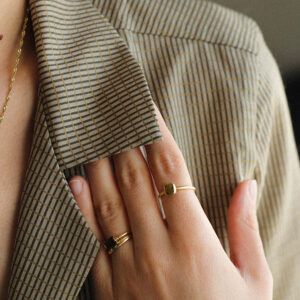
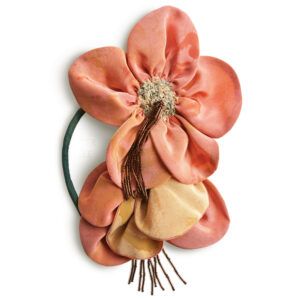
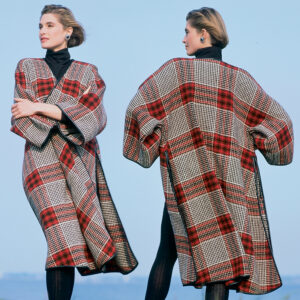

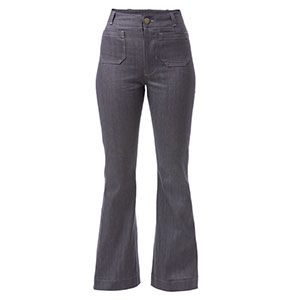
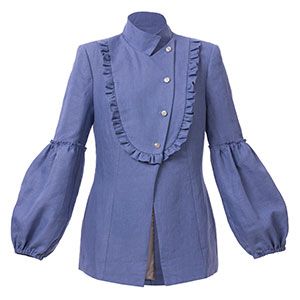
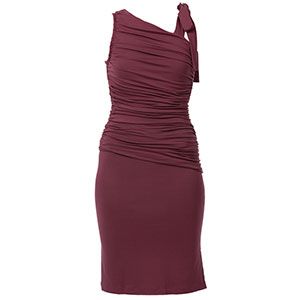
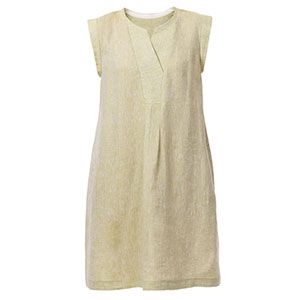
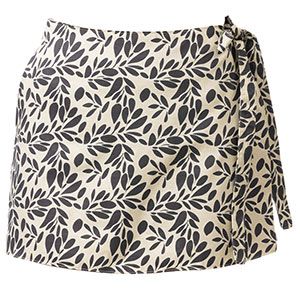
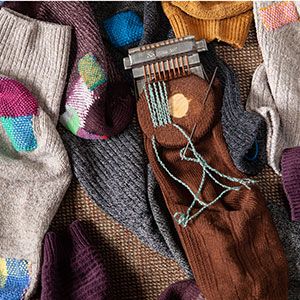
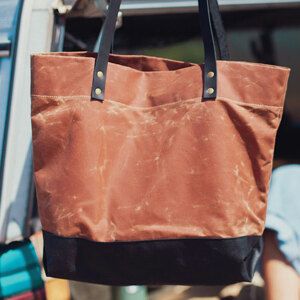
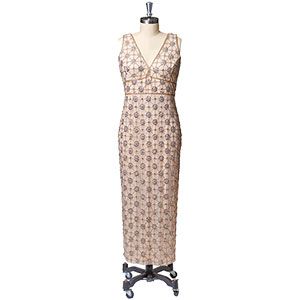

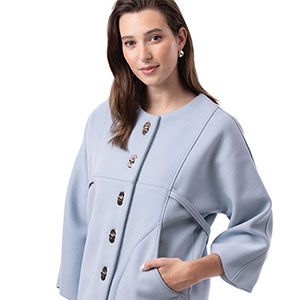
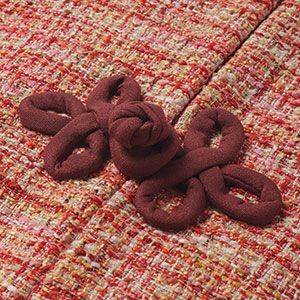
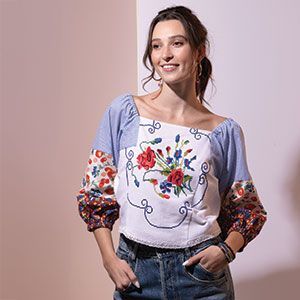




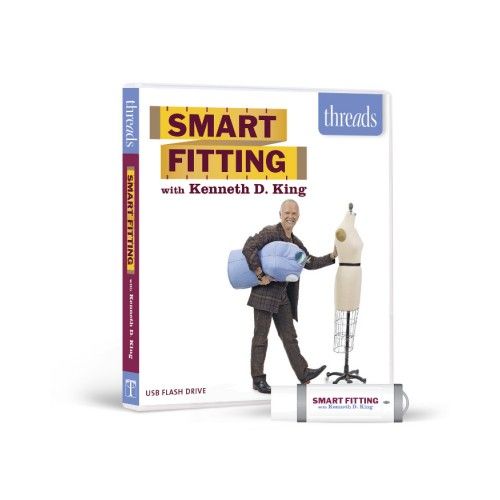


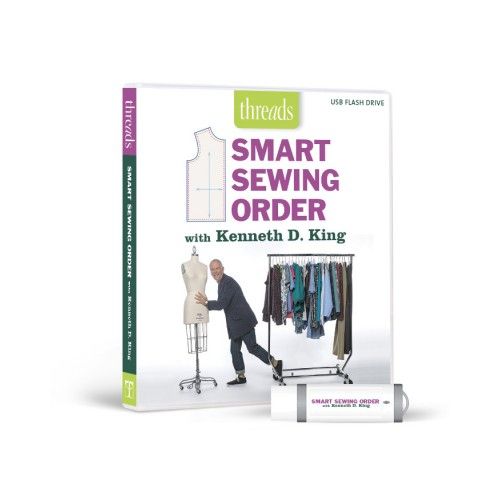



Thumbs up for the stuff.... Great ..
Hello, does this apply to oven gloves? I intend to make some this weekend because I constantly burn myself on the hot oven.
I don't think so. But I wonder how you are going make your oven mitts. Do you have adequate padding? Or some way to make adequate padding? I've made oven mitts using old woolen garments to make the padding but it takes quite a few layers. So, be careful.
What about pants? Does directional stitching indicate that pant legs should be stitched from bottom to waist (outseams) and bottom to crotch (inseams)?
BGibbs - The direction in which pant leg seams should be sewn may vary depending on the cut of the pants, and the fabric being used. It is best to sew with the grain of the fabric. In the case of a tapered leg, this could mean that you sew waist to hem/crotch to hem. For a pant with a leg that flares out, it may be best to sew from hem to waist/hem to crotch. Our technical editor, Carol Fresia, recommends that you study the grain of your fabric to help determine which stitching direction is best for your project. Then be sure to stay consistent with your chosen direction.
http://www.taunton.com/threads/pdf/grainline.pdf
Long seams do creep but you can deal with it. Just match the seams then stitch a section at a time while holding each section tightly as you sew. I don't know why I have to say this because I learned it long ago.
I know this is an old article, but I'm rather surprised to see Threads perpetuating this home economics class myth. It makes absolutely no difference which direction you sew as long as you control the fabric and do not allow the feed dogs to ease the under layer. Even sewing "directionally" will not prevent easing if you do not properly contol the fabric. Sewing "with the grain" is also confusing to me since the lengthwise grains runs in both directions (up and down), as does the cross wise grain.
Here's a blog post with photos illustrating one instance when it did make a difference:
https://gorgeousfabrics.com/blogs/gorgeous-fabrics-blog/sew-from-wide-to-narrow